Reproduction is a basic part of life for all living things. Most animals we know reproduce sexually, meaning they need a male and a female to create offspring. However, some animals can reproduce asexually, which means they don’t need a partner. Asexual reproduction creates offspring from just one parent, and the young are usually exact genetic copies (clones) of the parent. This form of reproduction might seem strange in the animal world, but it’s more common than you might think. Here are 12 animals that can reproduce asexually and how they do it.
1. Starfish

Starfish, also known as sea stars, are well known for their ability to regrow lost arms. But some species can go even further. They can reproduce asexually through a process called fragmentation. If part of a starfish’s body breaks off and includes a piece of the central disc, it can grow into a whole new starfish. This means that cutting one starfish into parts can result in several new individuals, each a clone of the original.
2. Hydra

Hydras are small, tube-shaped animals that live in freshwater. They reproduce asexually by budding. This means that a small bud grows on the body of the parent, slowly develops into a new hydra, and then detaches to live on its own. Hydras can also regenerate, and under the right conditions, they can continue to produce offspring without ever mating.
3. Komodo Dragon

The Komodo dragon, the world’s largest lizard, usually reproduces sexually. However, females can also reproduce asexually in a process called parthenogenesis. In this process, a female can lay eggs that develop without being fertilized by a male. The offspring are always male in these cases, which allows the species to survive in areas where males are rare or absent.
4. Flatworms

Flatworms are simple animals that live in water or damp soil. Many flatworms can reproduce by fission, a process where the worm splits in half and each half grows into a new worm. This kind of reproduction is very effective for fast population growth. Flatworms also have strong regeneration abilities, so even a small piece can grow into a new worm.
5. Aphids
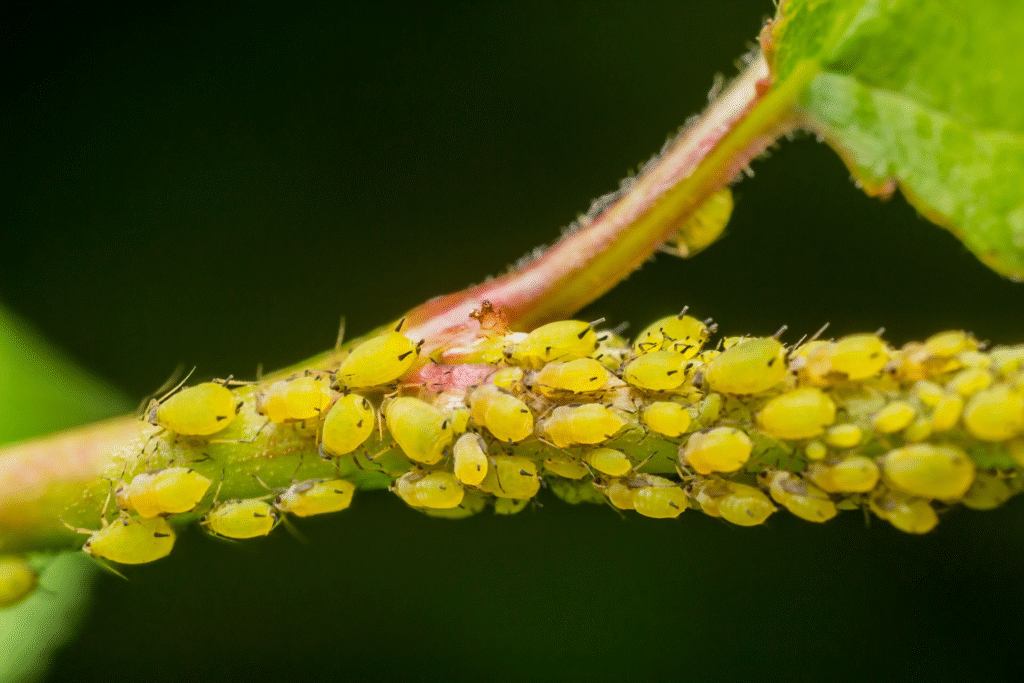
Aphids are small insects that feed on plants. They can reproduce both sexually and asexually, depending on the season. In warm months, female aphids give birth to live young without mating, and all of them are female clones. This allows them to multiply quickly when food is plenty. When the weather cools, they switch to sexual reproduction to create eggs that survive winter.
6. Sea Anemones
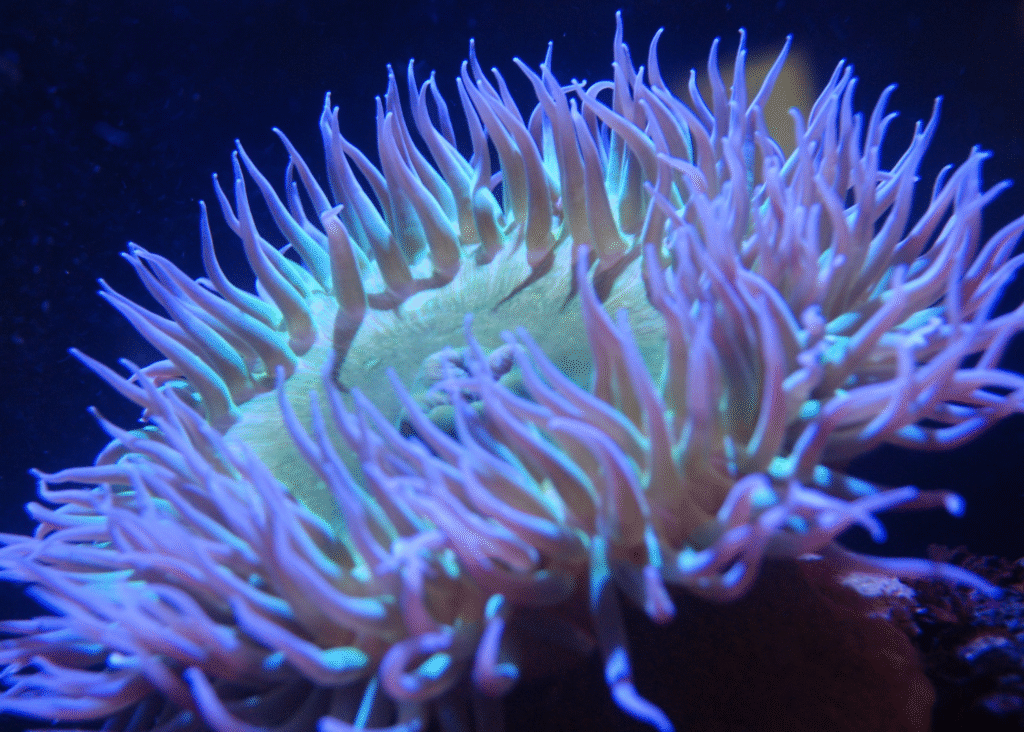
Sea anemones look like flowers but are actually animals related to jellyfish. Some sea anemones can reproduce asexually by splitting down the middle (called binary fission) or by budding. In both cases, a new anemone grows from the original, eventually separating and living on its own. These methods allow them to spread across the sea floor without needing a mate.
7. Whiptail Lizards
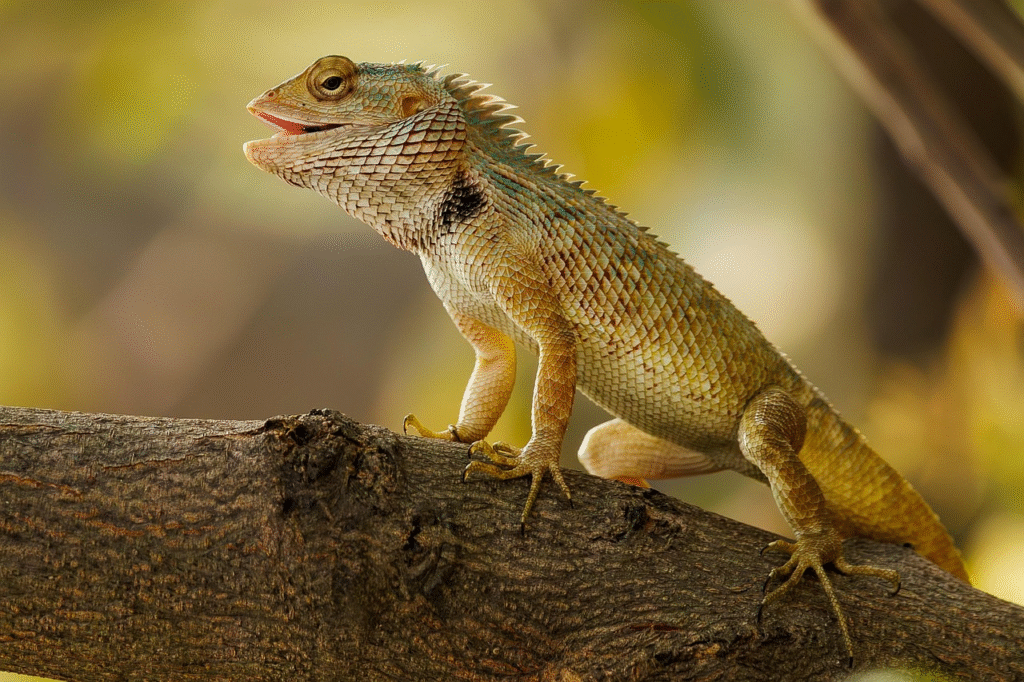
Whiptail lizards in the southwestern United States and Mexico have many all-female species. These lizards reproduce through parthenogenesis, laying unfertilized eggs that develop into female clones. Even though they don’t need males, the females sometimes go through mating-like behavior, which may help them trigger egg production. These lizards are a rare example of vertebrates that reproduce only asexually.
8. Sponges
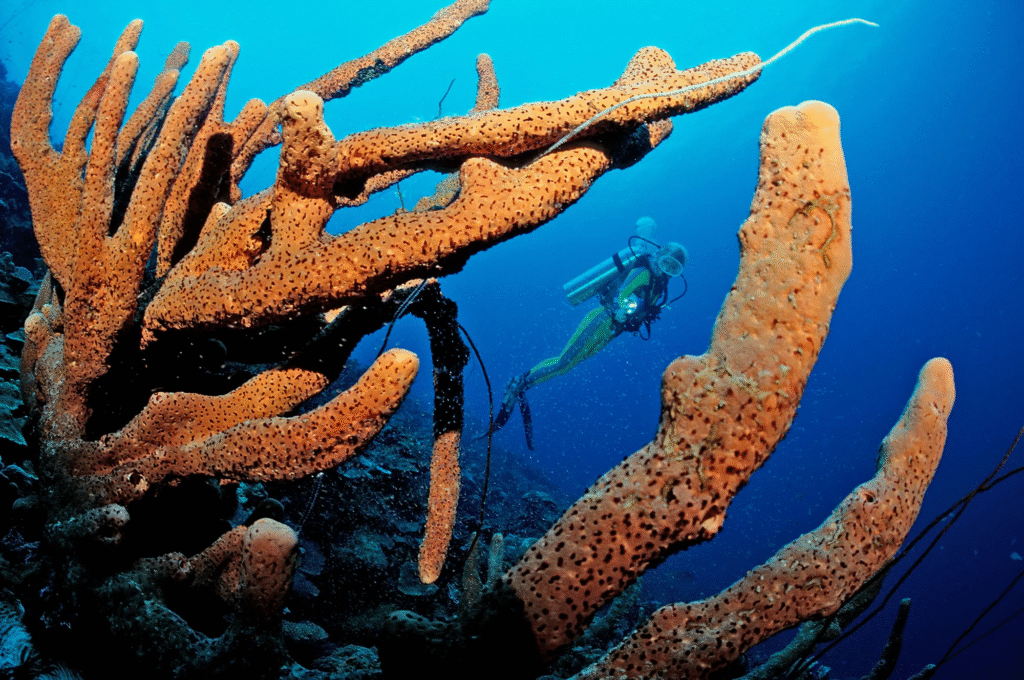
Sponges are among the simplest animals. They live in water and have porous bodies. Sponges can reproduce asexually by budding or fragmentation. A piece of sponge can break off and grow into a new sponge. They can also produce special buds called gemmules, which survive harsh conditions and grow into new sponges when conditions improve.
9. Hammerhead Sharks

While rare, some female hammerhead sharks have been observed giving birth without mating. This process, known as parthenogenesis, has been recorded in sharks kept in aquariums without any males present. The young sharks are clones of their mothers. Scientists believe this could be a backup method for reproduction when no mates are available.
10. Jellyfish (Certain Species)
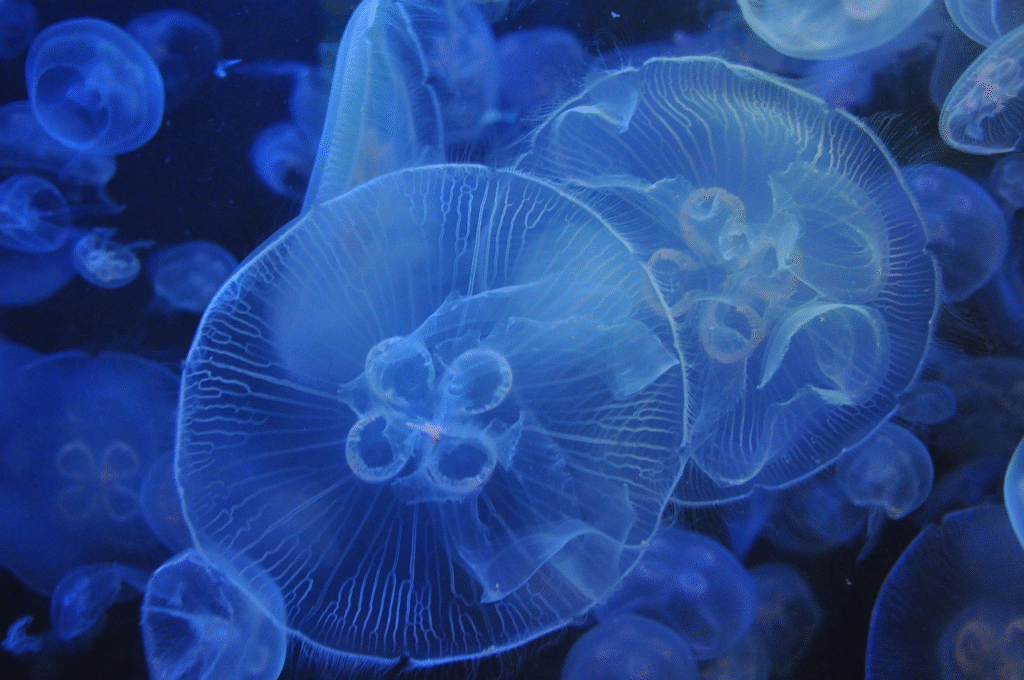
Some jellyfish, like the moon jellyfish, have complex life cycles that include both sexual and asexual stages. In the polyp stage (when they are small and attached to surfaces), they can reproduce asexually by budding or strobilation, a process where they divide into segments that turn into tiny jellyfish called ephyrae. This allows them to produce many offspring from a single individual.
11. Marbled Crayfish

The marbled crayfish is unique because it is the only known all-female species of crayfish. It reproduces only through parthenogenesis. Every marbled crayfish can lay eggs that grow into exact copies of itself. This species is spreading quickly in Europe and other places because just one individual can start a whole population.
12. Corals
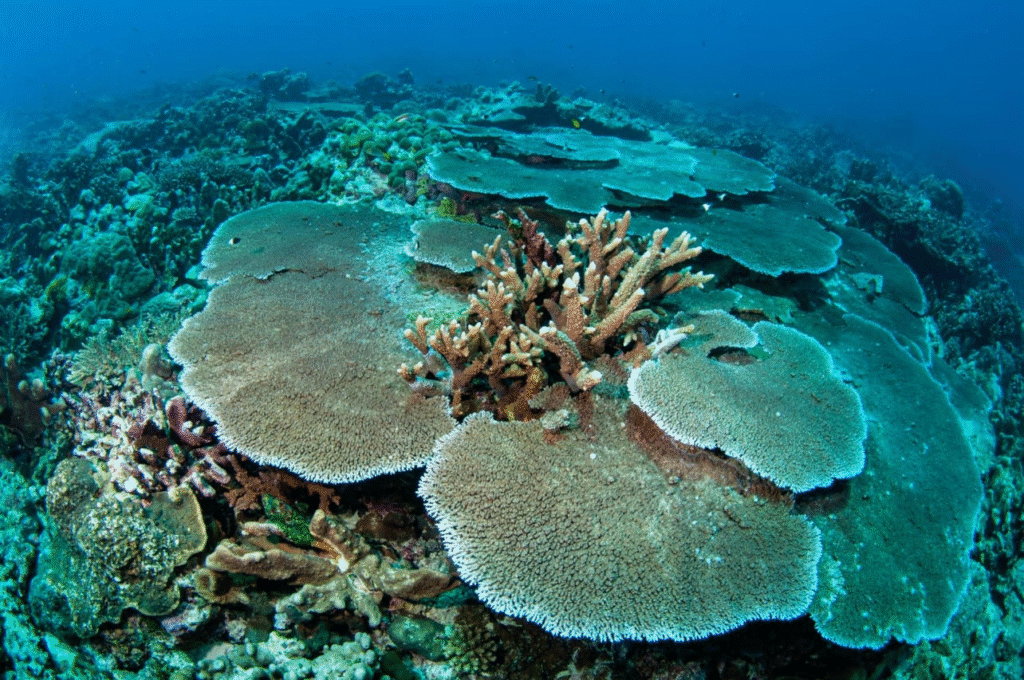
Corals, which are marine animals that form reefs, can reproduce asexually in several ways. One common method is budding, where new polyps grow off existing ones. Another method is fragmentation, where a piece of coral breaks off and forms a new colony. These asexual methods help coral reefs grow and recover after damage.
These animals show how life finds many ways to continue, even without the need for a partner. Asexual reproduction may seem unusual for animals, but it offers real advantages. It allows species to grow fast, survive without mates, and take over new environments. While cloning means there’s less genetic variety, it can still be a useful survival tool—especially for simple or isolated creatures. If you’re curious about how asexual reproduction compares to sexual reproduction in terms of evolution or survival, let me know and I can explain more!
